LUMILEDS EXCEEDS EXTERNAL QUANTUM EFFICIENCY MILESTONE IN AMBER LIGHT
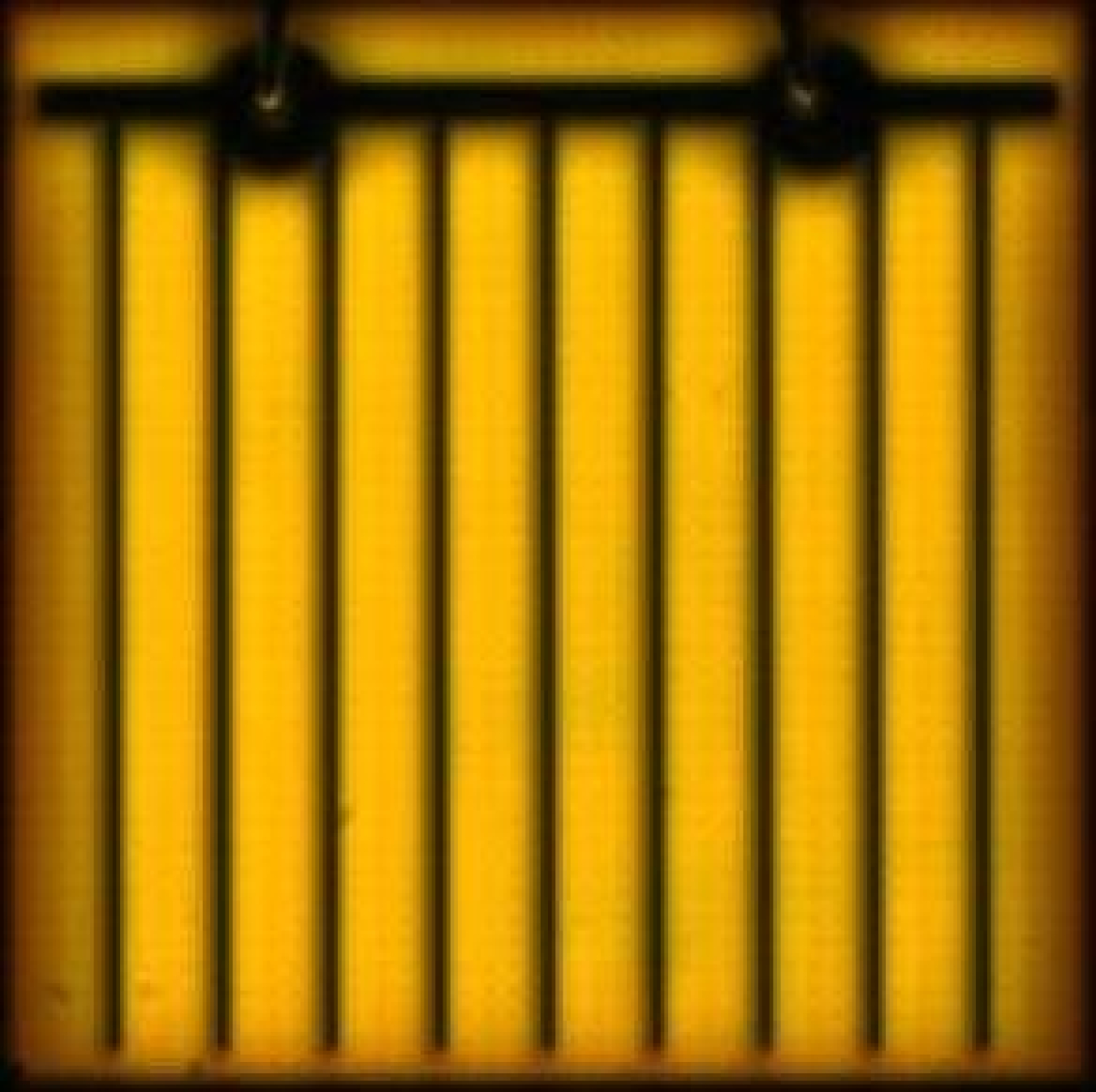
With funding from DOE, researchers at Lumileds have achieved, in a laboratory prototype, an amber LED with external quantum efficiency (EQE) of 18% at current density of 35 A/cm2 and junction temperature of 25°C. Efficient red and amber LEDs are essential building blocks for next-generation lighting products, enabling the ultimate DOE efficacy targets and spectral design freedom in color-mixed white and color-tunable lighting applications. (September 2018) Learn more.
UNIVERSITY OF MICHIGAN DEVELOPS INNOVATIVE STRATEGY FOR INCREASING LIFETIME OF BLUE PHOSPHORESCENT OLEDS
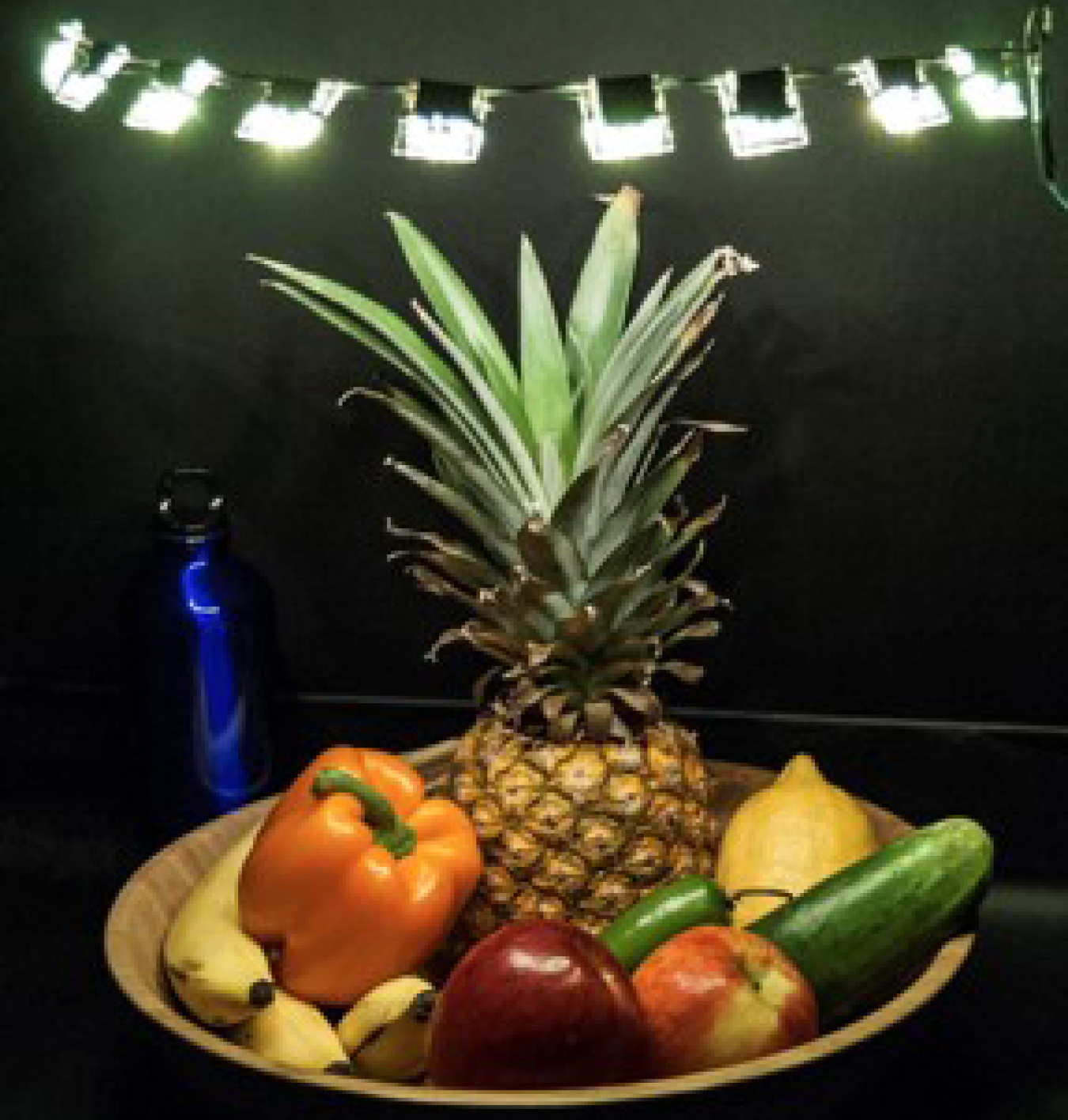
The performance of white phosphorescent OLEDs (PHOLEDs) has long been constrained by the short lifetime of the blue OLED component. With the help of DOE funding, the University of Michigan – in partnership with the University of Southern California and Universal Display Corporation – is developing a radical new strategy to solve the problem of blue PHOLED lifetime. (September 2018) Learn more.
ARIZONA STATE UNIVERSITY IS ADDRESSING THE COST AND MANUFACTURING CHALLENGES OF WHITE OLEDS BY USING A SINGLE EMISSIVE MATERIAL
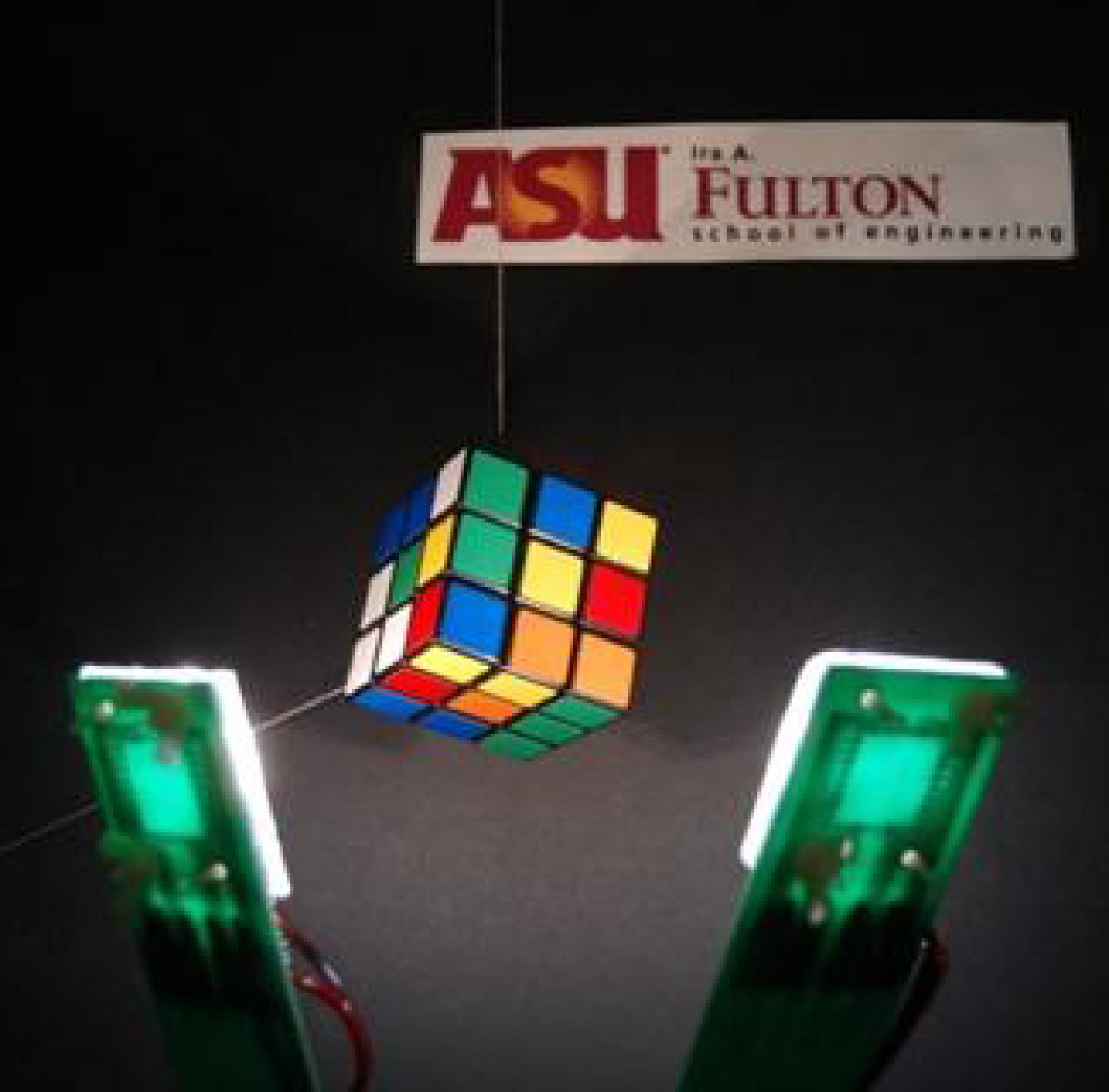
With help from DOE funding, researchers at Arizona State University (ASU) are partnering with Universal Display Corporation to overcome cost and manufacturing challenges of white OLEDs (WOLEDs). ASU is leading an effort to simplify the fabrication of WOLEDs by developing devices based on a single emitter. Single-doped WOLEDs are expected to lower the fabrication cost of WOLEDs significantly by decreasing the complexity of device fabrication, increasing the robustness of materials, and providing more cost-effective alternatives to the state-of-the-art iridium-based phosphorescent emitters. (August 2018) Learn more.
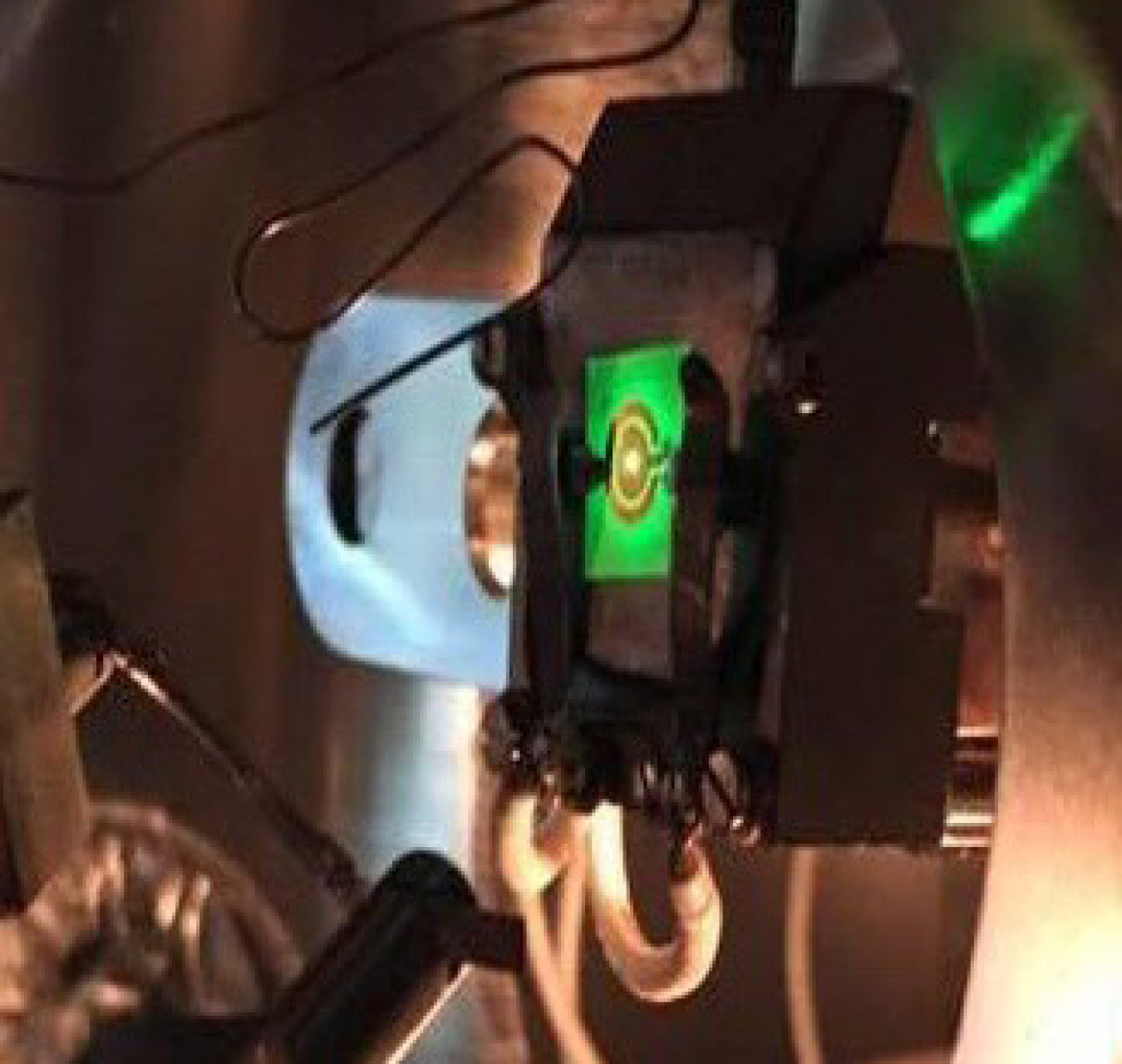
With the help of DOE funding, researchers at the University of California at Santa Barbara are conducting analyses to determine the mechanisms underlying efficiency loss in LEDs used in solid-state lighting. The researchers’ efforts focus on understanding the cause of the relatively low efficiency of green LEDs, which is commonly referred to as the “green gap,” as well as of the high-temperature efficiency losses known as “thermal droop.” (July 2018) Learn more.
RESEARCHERS AT PENN STATE UNIVERSITY DEVELOP A WAY TO PREDICT AND MITIGATE CATASTROPHIC SHORTS FOR IMPROVED OLED LIGHTING PANEL RELIABILITY
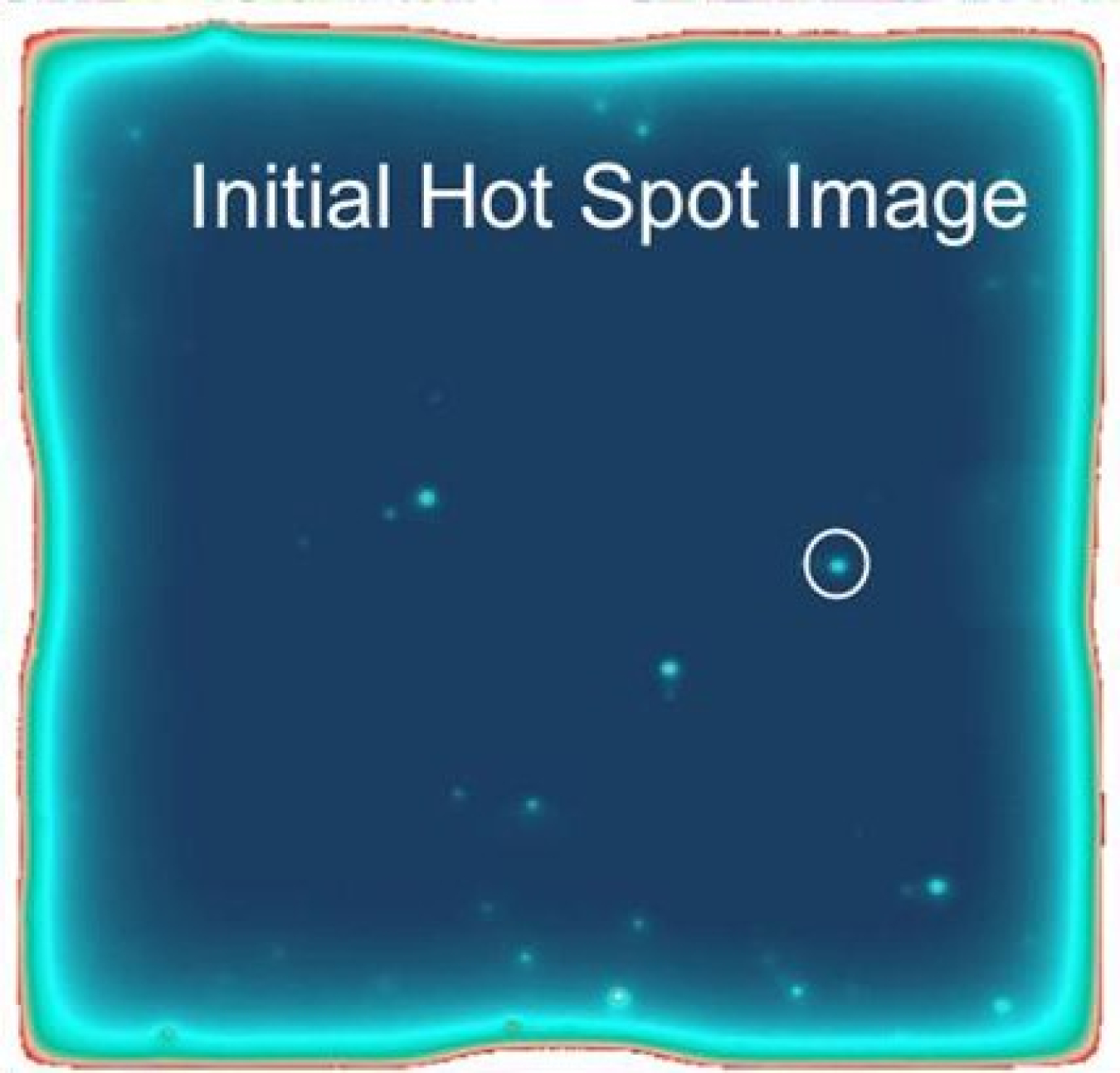
With the help of DOE funding, researchers at Penn State University are developing a basic scientific understanding of how OLED panel shorts originate and grow to a catastrophic level, thus causing device failure. The project focuses on identifying the physical origin of the short, modeling the short’s evolution, predicting which panels will fail, and developing mitigation strategies to reduce shorting. The goal is to reduce panel failure rates to less than 0.01%, per DOE’s failure-rate target. (July 2018) Learn more.
CREE DEVELOPS A NOVEL HIGH-EFFICACY, MULTIFUNCTIONAL LED LUMINAIRE PLATFORM
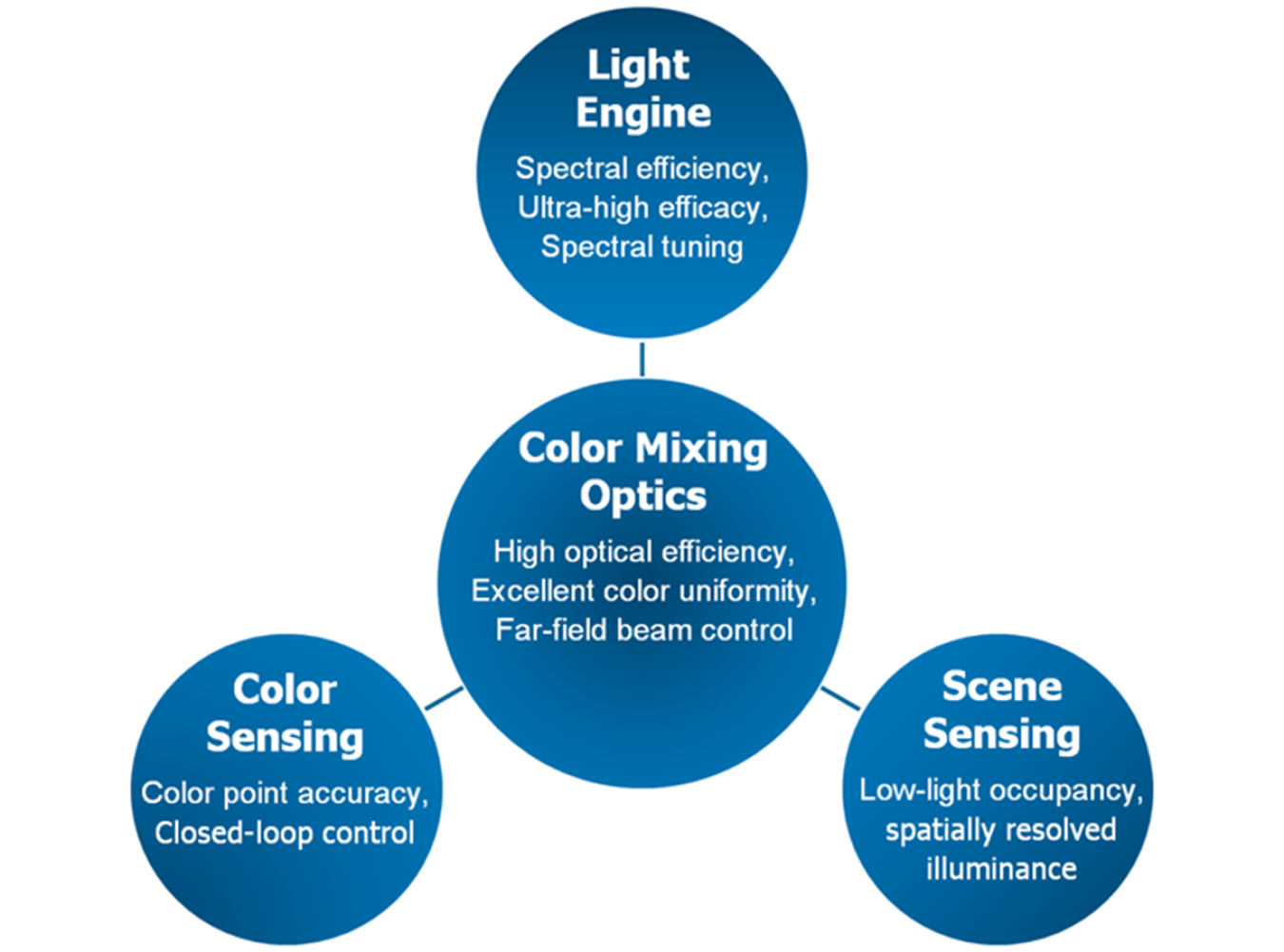
With the help of DOE funding, Cree has achieved significant advancements in LED luminaire efficacy, optics design, color tunability, and light utilization, which will enable ultra-high-efficacy luminaires with superior beam definition and control compared to conventional fixtures, leading to higher spatial light utilization based on application needs. In addition, the advanced scene-sensing and controls that Cree developed as part of the same project are expected to directly benefit automated dimming, which reduces time-averaged lighting-energy consumption. (May 2018) Learn more.
LUMILEDS EXCEEDS 210 LM/$ MILESTONE IN HIGH-POWER LEDS
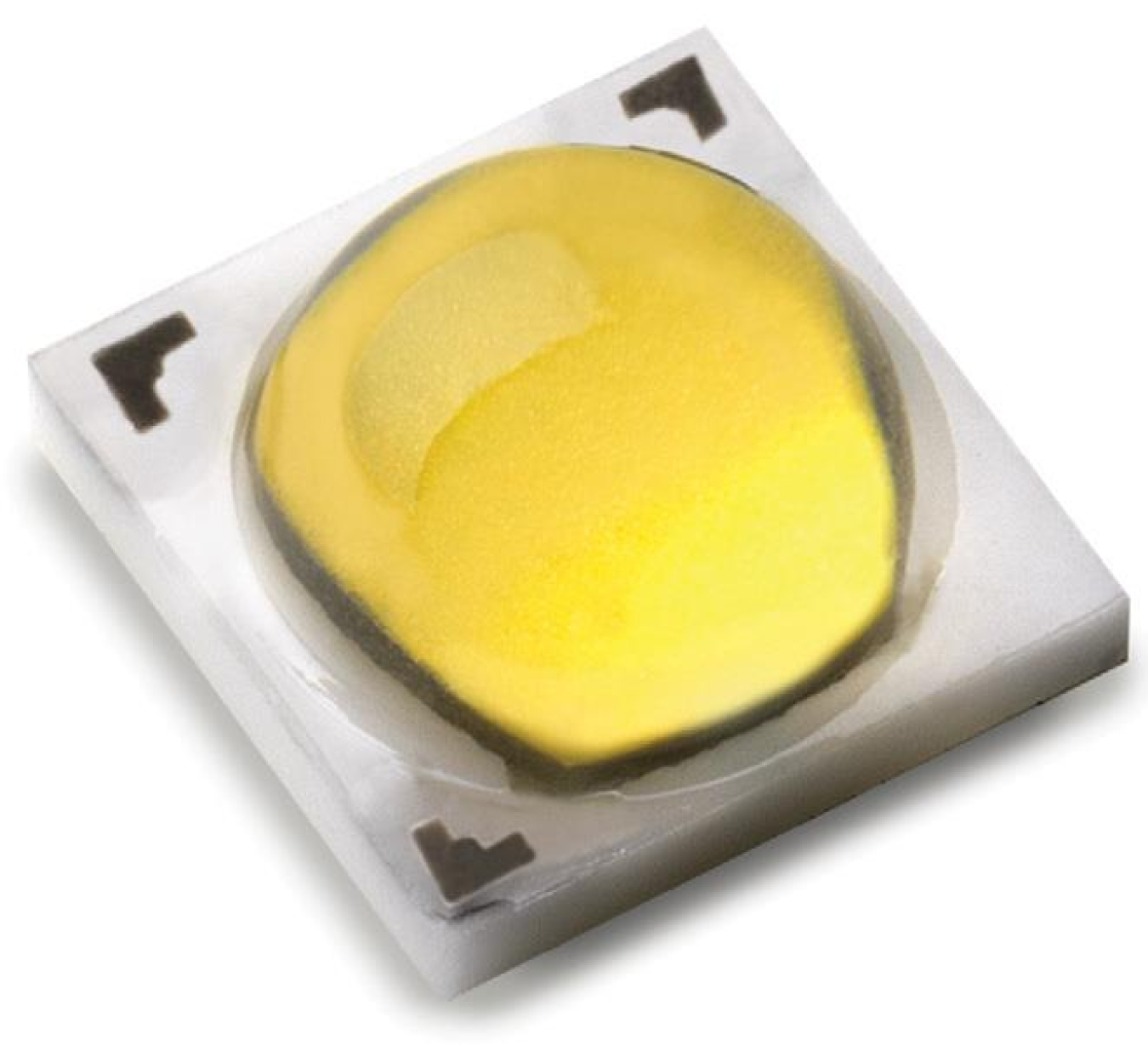
Building on developments achieved through multiple DOE-funded R&D projects, Lumileds’ warm-white high-power LEDs now exceed the SSL program milestone of 210 lm/$. At a CCT of 3000K and CRI of 80, Lumileds’ LUXEON TX can produce more than 260 lumens under the normalized condition of 1 W/mm2 (2 watts of input power from a 2 mm2 die). (September 2017) Learn more.
PHILIPS LIGHTING DEVELOPS INNOVATIVE OFFICE LIGHTING SYSTEM WITH INTEGRATED SPECTRALLY ADAPTIVE CONTROL
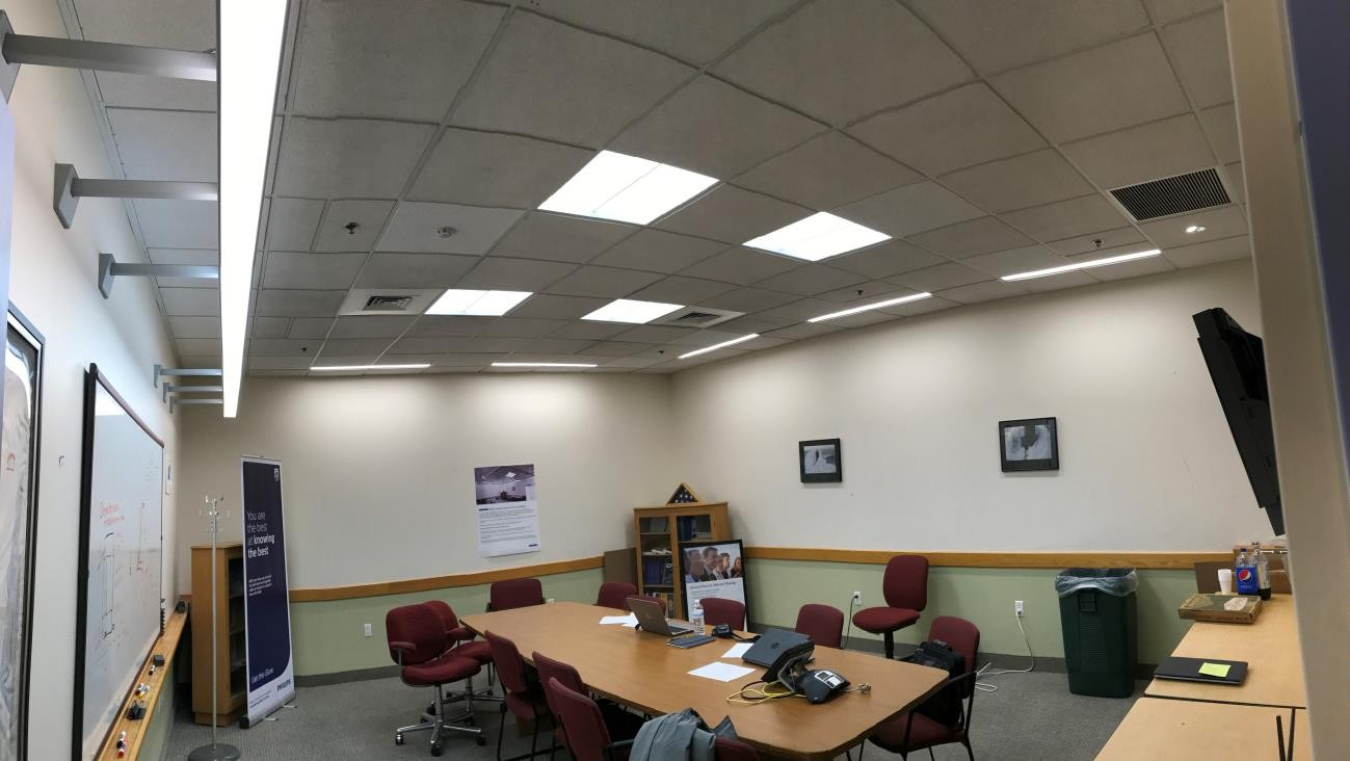
With the help of DOE funding, Philips Lighting has developed an innovative LED office lighting system that yields up to 70% energy savings over incumbent fluorescent technologies, and is capable of variable modulation of intensity, distribution, and spectrum in order to support the diverse visual and non-visual needs of the occupants. (September 2017) Learn more.
SINOVIA TECHNOLOGIES IS DEVELOPING INTEGRATED PLASTIC SUBSTRATES FOR OLED LIGHTING
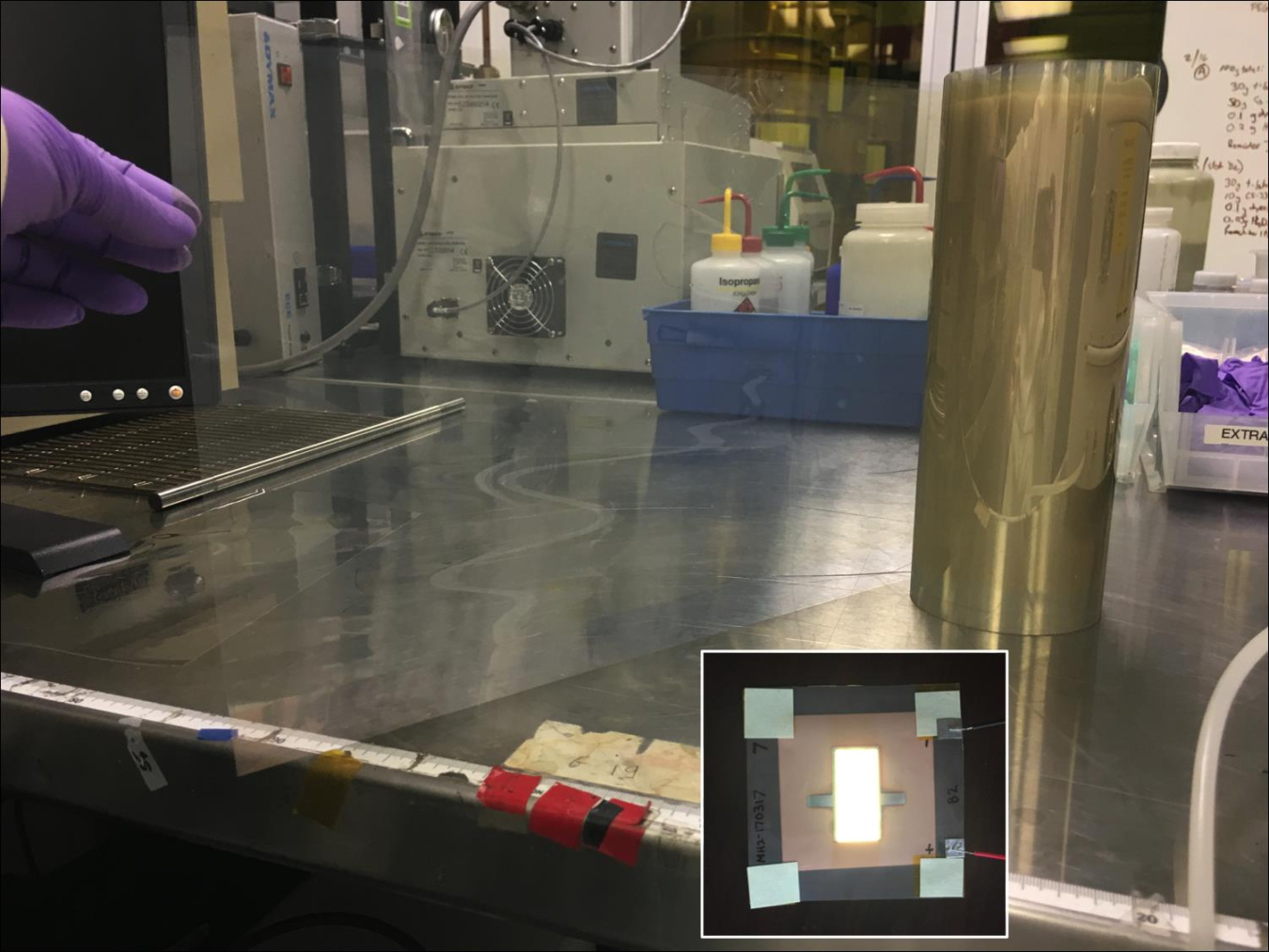
With the help of DOE funding, Sinovia Technologies, in collaboration with Vitriflex, Inc., is developing integrated plastic substrates that combine Vitriflex’s multilayer barrier-film technology and Sinovia’s composite transparent conductive film to allow OLED fabricators to easily transition from glass indium tin oxide (ITO)-based designs to flexible OLED panels, enabling new luminaire designs. (September 2017) Learn more.
RESEARCHERS AT THE UNIVERSITY OF MICHIGAN ARE DEVELOPING AN INNOVATIVE WAY TO INCREASE THE LIGHT-EXTRACTION EFFICIENCY OF OLED PANELS
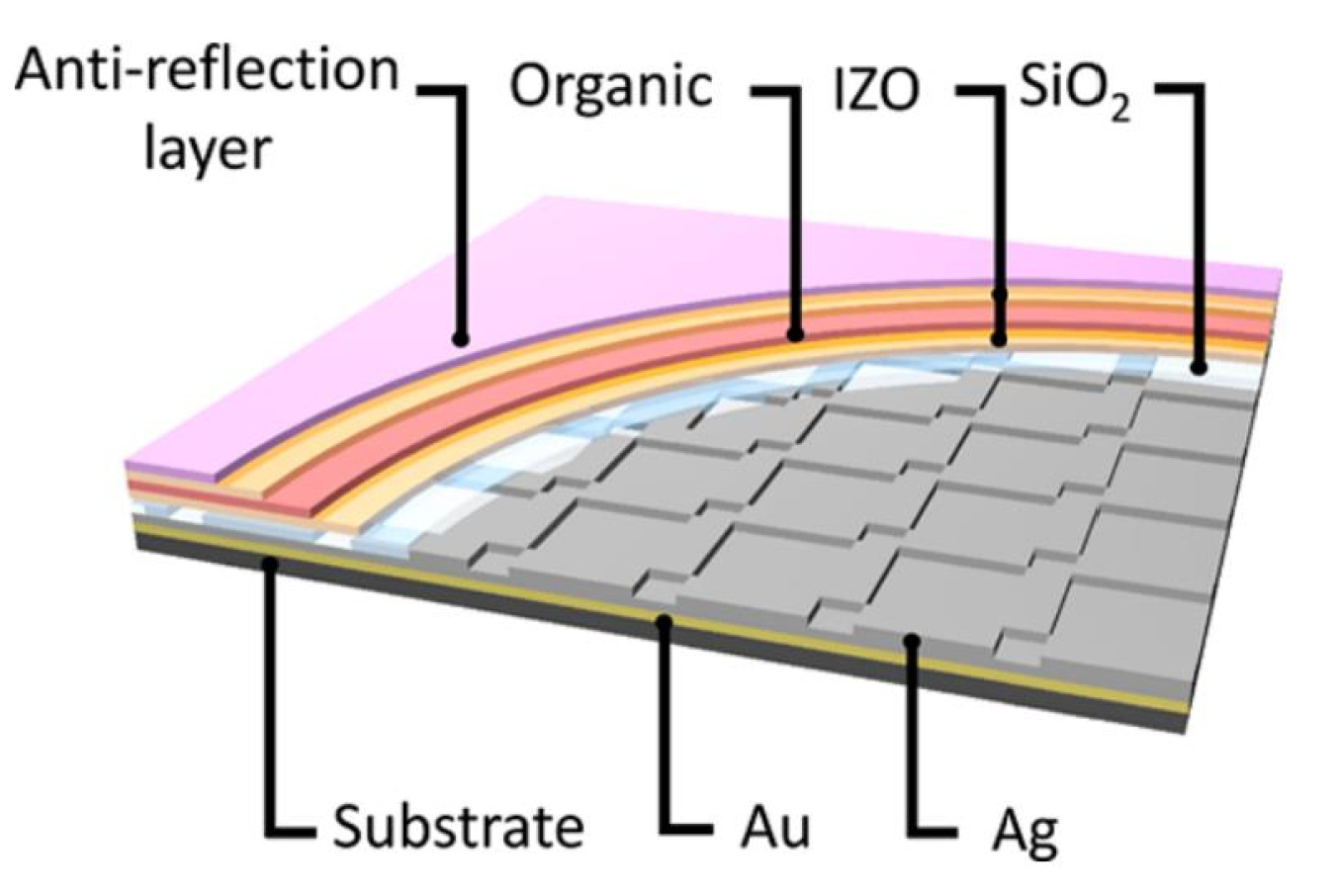
The University of Michigan is working on eliminating plasmon losses in high-efficiency white OLED devices for lighting applications. Phosphorescent OLEDs have consistently demonstrated up to 100% internal quantum efficiency; i.e., one photon is emitted for every electron injected. However, without light-extraction techniques, approximately 80% of the emitted photons are trapped and lost inside the device. (August 2017) Learn more.
PHILIPS LIGHTING RESEARCH NORTH AMERICA DEVELOPS INNOVATIVE PATIENT ROOM LIGHTING SYSTEM WITH SPECTRALLY ADAPTIVE CONTROL
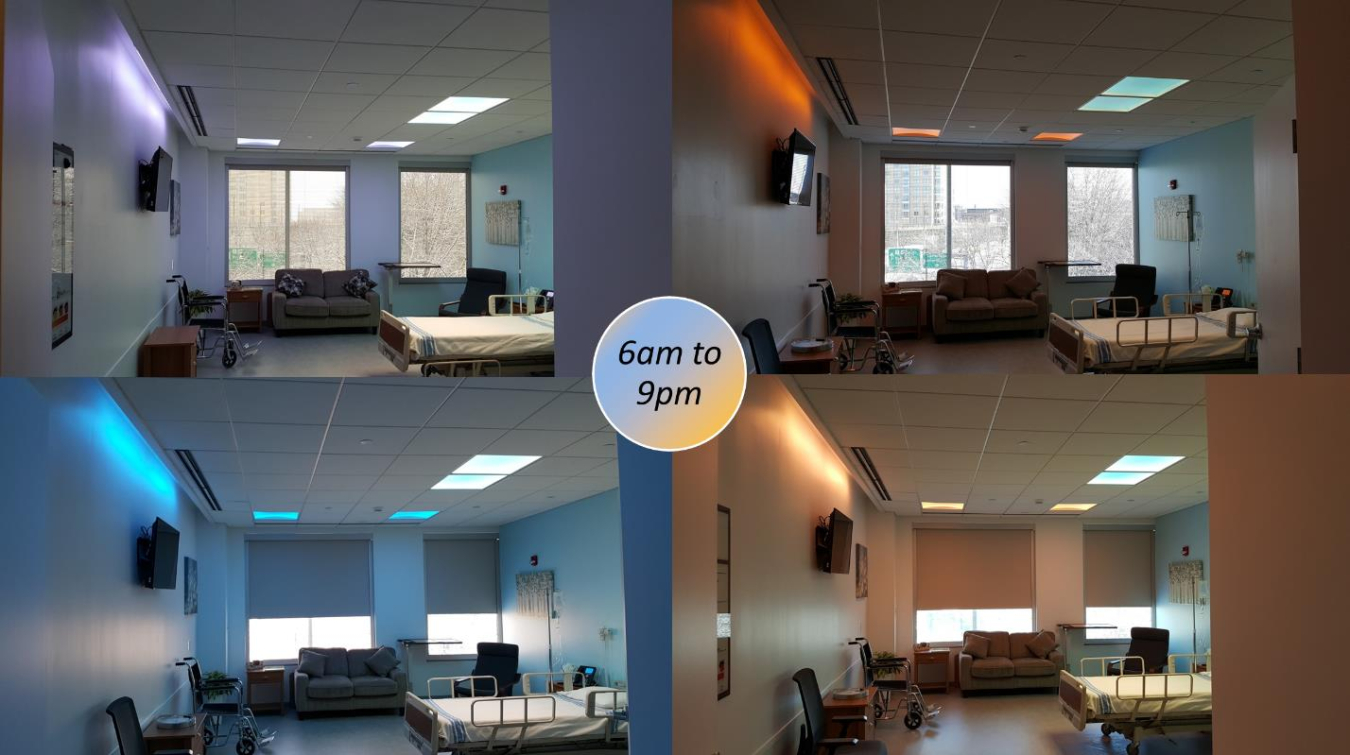
With the help of DOE funding, Philips Lighting Research North America has developed an innovative LED patient-suite lighting system that’s 40% more energy-efficient than traditional fluorescent incumbent technologies and meets all of the visual and non-visual needs of patients, caregivers, and visitors while improving the overall patient experience. (August 2017) Learn more.
RESEARCHERS AT NORTH CAROLINA STATE UNIVERSITY ARE DEVELOPING A NOVEL WAY TO INCREASE LIGHT EXTRACTION IN OLED PANELS
With the help of DOE funding, North Carolina State University is addressing the issue of extracting light trapped in the OLED device. For basic OLED devices on planar glass substrates, only 17% to 25% of the generated light is extracted from the panel. (July 2017) Learn more.
HIGH-EFFICACY, HIGH-POWER LED FOR DIRECTIONAL APPLICATIONS

With the help of DOE funding, Lumileds is developing a high-efficacy, high-power LED emitter to enable the best possible luminaire performance in the high-brightness application space. Efficacy improvements are being enabled by an integrated development effort, with improvements in each of the technology elements of the LED architecture. (July 2017) Learn more.
RTI INTERNATIONAL AND FINELITE DEVELOP LUMINAIRES FOR ADVANCED LIGHTING IN THE CLASSROOM
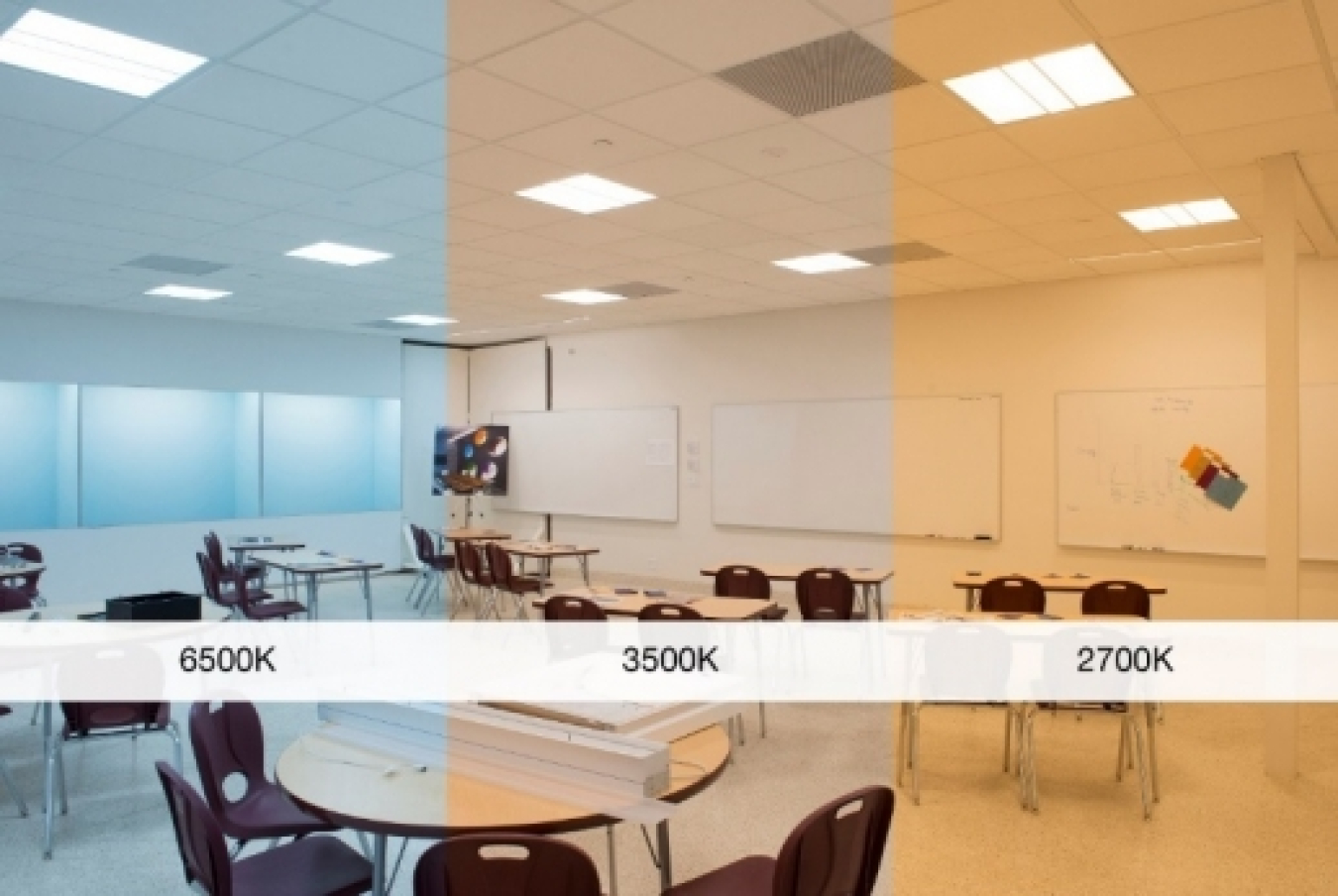
With the help of DOE funding, RTI International and Finelite have developed and tested an LED-based next-generation integrated classroom lighting system that makes it easy for teachers to control light levels and chromaticity in three classroom zones. The lighting system also incorporates daylight harvesting to further reduce energy consumption. (June 2017) Learn more.
ACUITY DEVELOPS OLED LUMINAIRE WITH PANEL-INTEGRATED DRIVERS AND ADVANCED CONTROLS
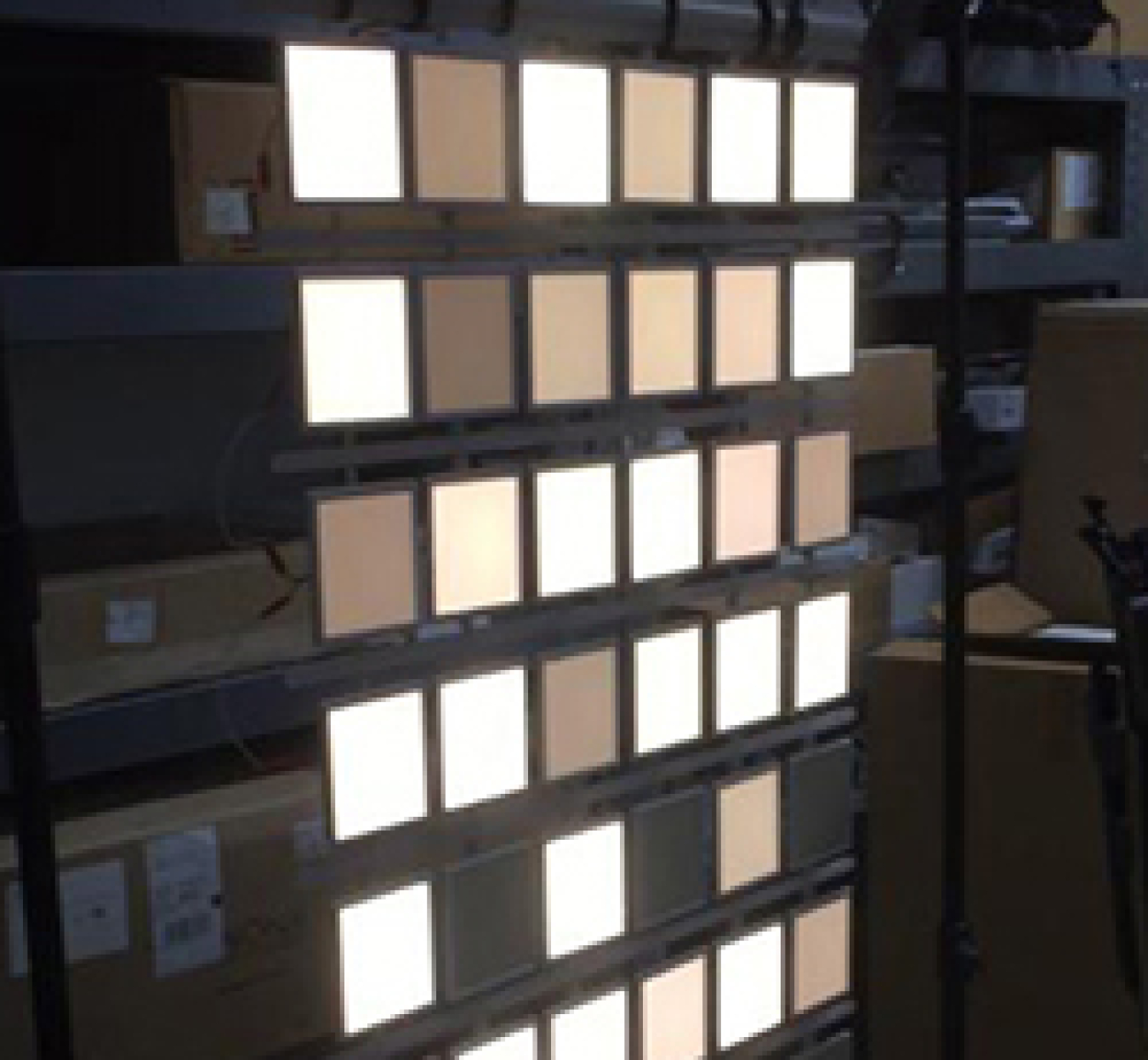
With the help of DOE funding, Acuity Brands Lighting –in partnership with OLEDWorks – is developing an OLED luminaire that features DC/DC drivers integrated with each panel, and a base station that provides low-voltage DC power and that translates user-control input to the desired dimming of the panels. (April 2017) Learn more.
PRINCETON UNIVERSITY IMPROVES OUTCOUPLING EFFICIENCY OF THIN FILM OLEDS
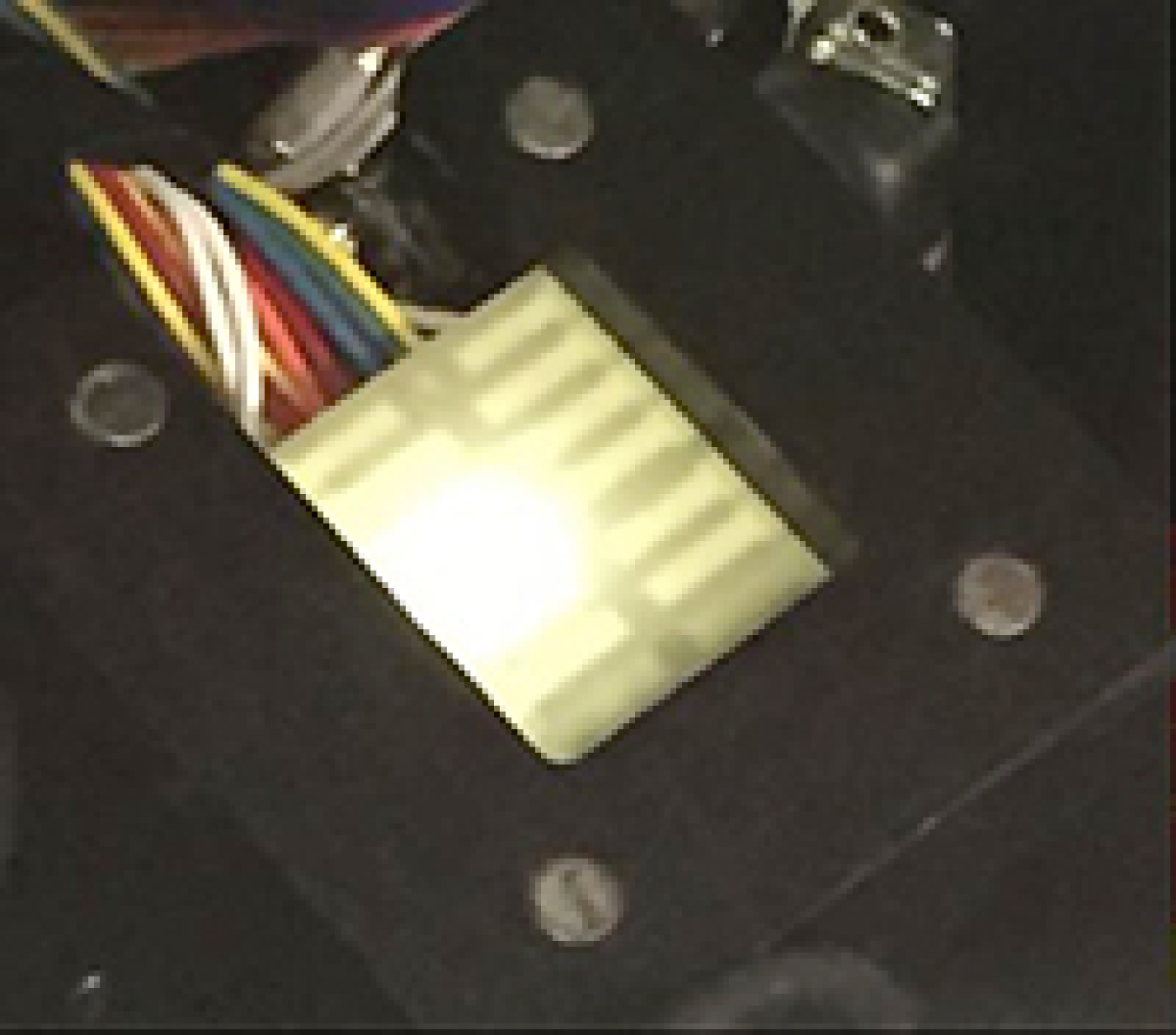
With the desire to shift OLED lighting to flexible substrates come additional challenges that are associated with scattering trapped light, because flexible substrates have higher refractive indices than glass. Princeton University has developed a new thin light-scattering layer, which employs air voids embedded in a high-index polyimide matrix that serves to effectively frustrate the substrate-trapped mode light, which in turn increases the outcoupling efficiency. (February 2017) Learn more.
OLEDWORKS DEVELOPS HIGH-PERFORMANCE OLED LIGHTING PANEL AND LUMINAIRE TECHNOLOGY
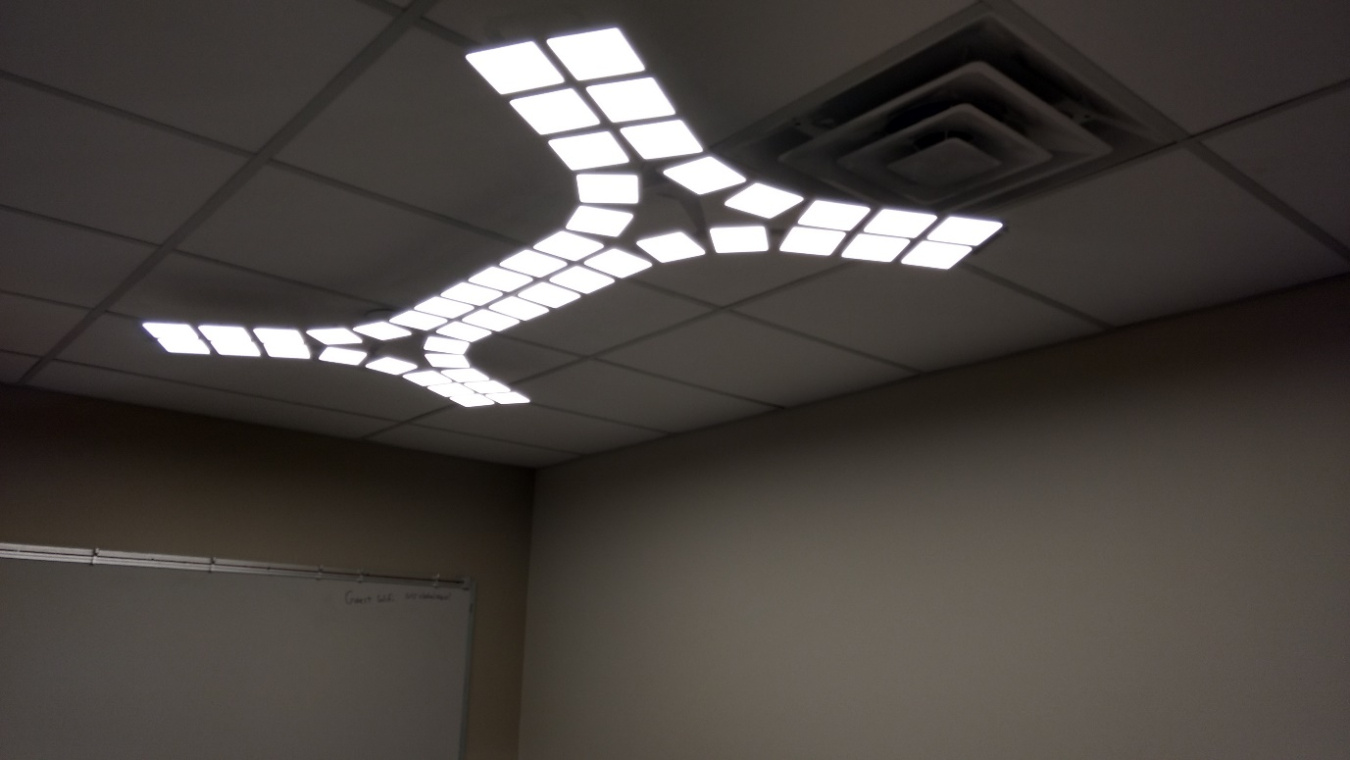
With the help of DOE funding, OLEDWorks developed and demonstrated the technology required to produce OLED lighting panels with high energy efficiency and excellent light quality. In partnership with Acuity Brands Lighting, the high-performance OLED panels were integrated into a multi-panel luminaire that produces practical levels of illumination. (January 2017) Learn more.
Return to Research Highlights

